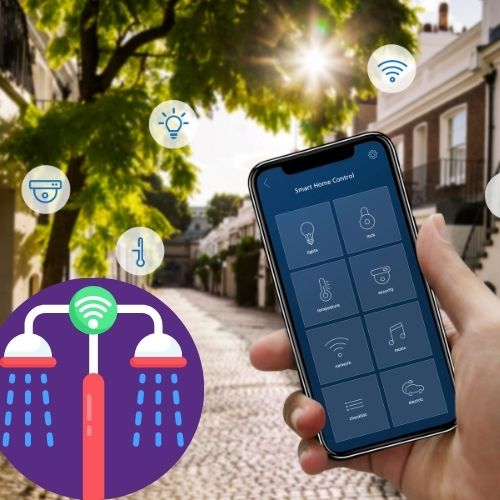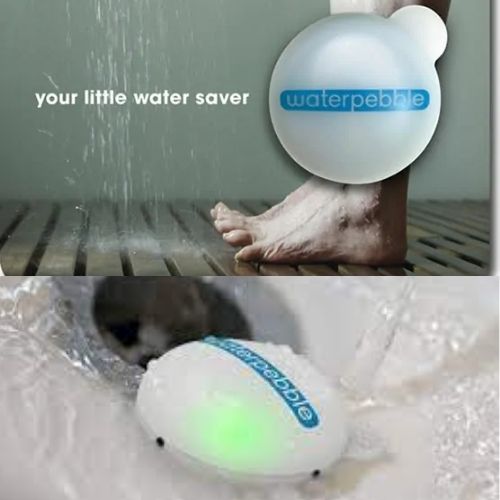Disclosure
The post may contain affiliate links, meaning we get a small commission if you make an account or purchase through our links, at no cost to you. This may help us to offset the cost of paying our writing team. For further detail visit our Affiliate Disclaimer
Planet Earth is 70% water, a basic element needed for survival. Water shortfall will affect openly almost 20% of the human population by 2025, according to several UN reports. It will affect the rest of the living creatures of the planet. How to save water then? This article outlines the easy ways and devices to save water.
For this finite & valuable resource we came up with numerous ideas regarding the accumulation of water; but turned a blind eye towards its conservation, proper maintenance, and management. 70% of it is available naturally but 1% of it is readily available for human usage. On average 16 gallons per person per day is in domestic use and there are 7.87 billion humans on Earth. Now you know the math! don’t you?

One of the best ways to curtail water utilization in your home is to install Smart Technologies around your place. This will save money from your pocket and simultaneously water for Earth. It’s a kinda win-win situation for everyone. Smart water management, is a part of IoT technologies and works on an integrated system of monitoring and regulating the usage of water bodies like pipes, valves, faucets, etc. Recently world is moving towards automation and ease for a viable future. In this scenario, water conservation through home automation would certainly make a difference.
Now let’s discuss some of the devices that are used to save water in today’s scenario;
Table of Contents
How to Save Water in Homes
1. Sensors for Water Motors
Reckless usage of water in homes stands in the way when we talk about how to save water. In most developing countries, the supply of water is through a series of pipes following a proper channeling to every individual household. Then it gets stored in overhead tanks or in some cases, underground tanks. Once the storage is full, the excess water either gets drained through sewage or simply spills on the roads. This is a big concern, as freshwater is very valuable and one just cannot simply let it waste. Thus, a system is in need with the objective of stopping the water flow once the tank is full.
We can achieve this by installing water level detecting sensors in the tank. These sensors send signals regarding the water level in the tank to the smart home hub. The smart hub takes the decision of turning the flow on/off by informing the user to his/her mobile.
By this, we can conserve a great amount of freshwater by installing a water sensor along with a Wi-Fi-enabled microcontroller. The controller receives signals from the sensor and sends them to the home server which will ultimately control the water flow by sending push notifications to the user.
2. Water Leak Sensors
Old piping could lead to possible leaking through appliances, pumps, bathrooms, or any other place. No one definitely wouldn’t want their money to go down the drain with water as this could cost a huge loss if not monitored properly. Using smart devices connected to your phones would be helpful in this scenario to avoid such situations.
Besides saving your money by the detection of leaks, the home insurance could get you some extra points for installing the house with such security measures to prevent expected disasters. These Wi-Fi-enabled sensors illustrate how to save water by detecting leakages, preventing and alerting the user on his/her device. These sensors control water usage throughout the plumbing and they only supply water when it is asked certainly by a water device.
3. W+W Sink/Toilet Combo
How to save water through flushing? A challenging task but due to smart innovations in today’s world, it is now possible. A compact and perfect combo for any confined space or small apartment, its glossy design embodied a neat self-contained greywater system that is capable of reducing water usage by up to 25% as compared to a standard dual flush toilet. It’s a kind of stylish and elegant solution to existing sink to toilet greywater systems. The system uses Roca’s “water-reuse technology” and also encompasses an automatic cleaning system that avoids flushing bacteria into the unit’s built-in tank, cutting down any unbearable odor.
4. WaterPebble
The Waterpebble is a remarkable device that can encourage individuals to reduce their shower time to save water. This brainy invention measures the amount of water going down the plughole when you shower and memorize it.
The first shower use is taken as a benchmark by the device after which it uses a series of “traffic lights” flashing gently from green to red whenever you finish showering. The device allows the user to fractionally reduce shower time to make sure that the device is always flashing green. Interesting, isn’t it?
5. WaterSense Labeled Smart Irrigation Controller
Irrigation technology has come a long way recently, resulting in smarter and more effective sprinkler systems to demonstrate how to save water. The WaterSense irrigation controller is a Smart controller, also known as a weather-based irrigation controller. It is an internet-enabled device that accustoms according to how long and how often your irrigation system runs based on how much water your landscape needs.
Rather than simply running your sprinklers on a preset, fixed schedule, smart controllers use local weather data to automatically adjust how much your system requires water based on temperature, rainfall, and other data. Smart irrigation controllers act like a thermostat for your sprinkler system by automatically telling it when to turn on and off. This is genius!
Conclusion
Conservation of water by traditional methods is already being used everywhere possible but smart devices that are leveraging IoT technology are taking water conservation to a new level. With all of these statistics, it is clear that it is up to us to use smart technology for water conservation as it is vital for Earth and its inhabitants. Smart devices give you peace of mind while away from your home and bring you convenience while chipping away your electric bills. Moreover, they provide you with simplicity, convenience, user-friendly operation and make you a bit lazy one but that’s only for good.





